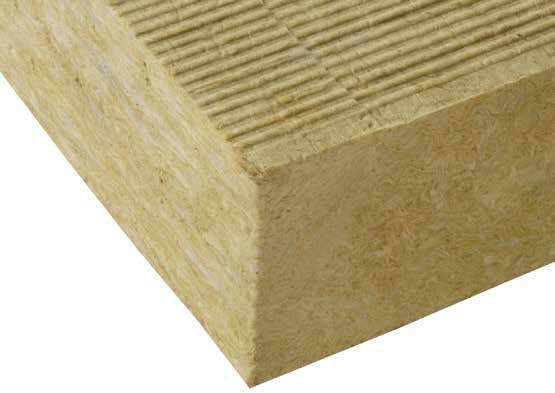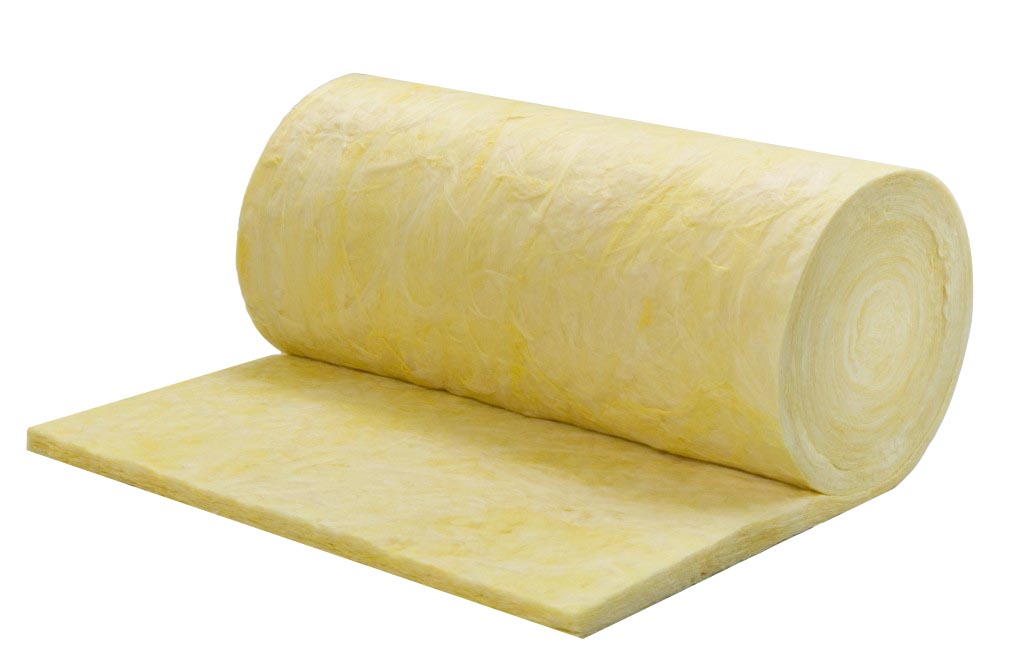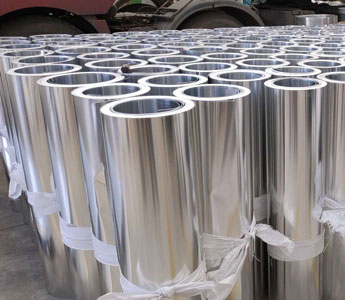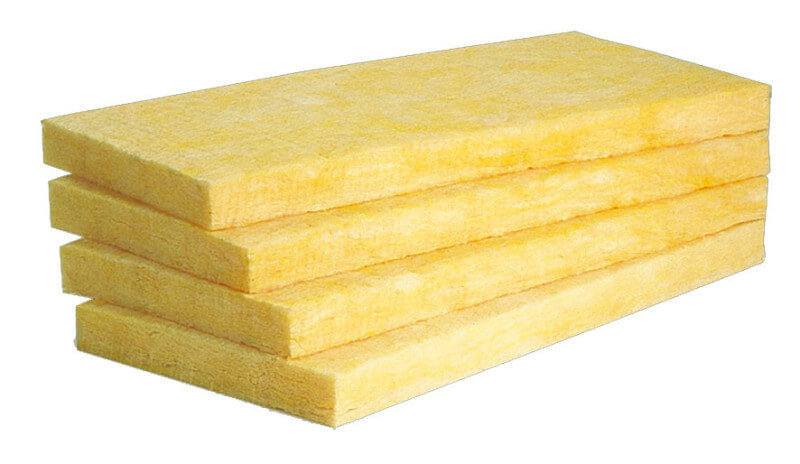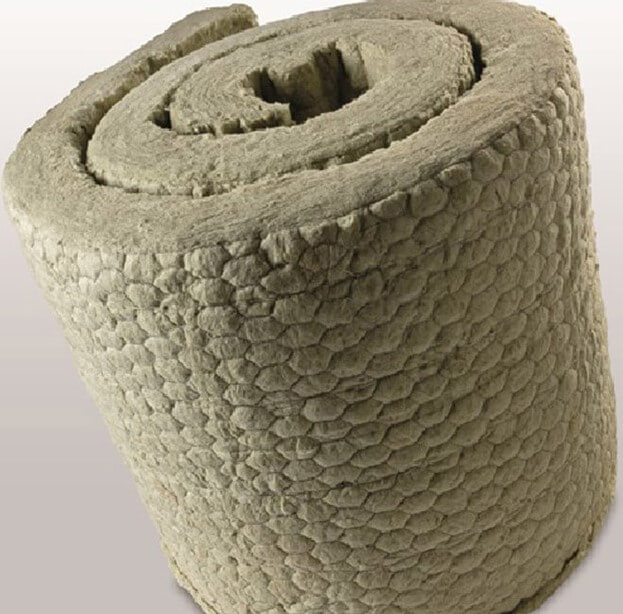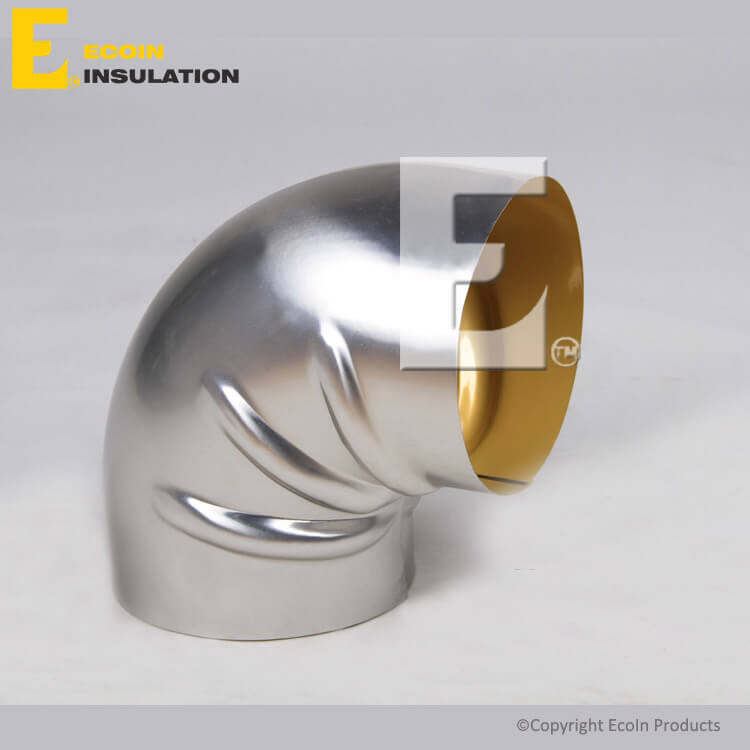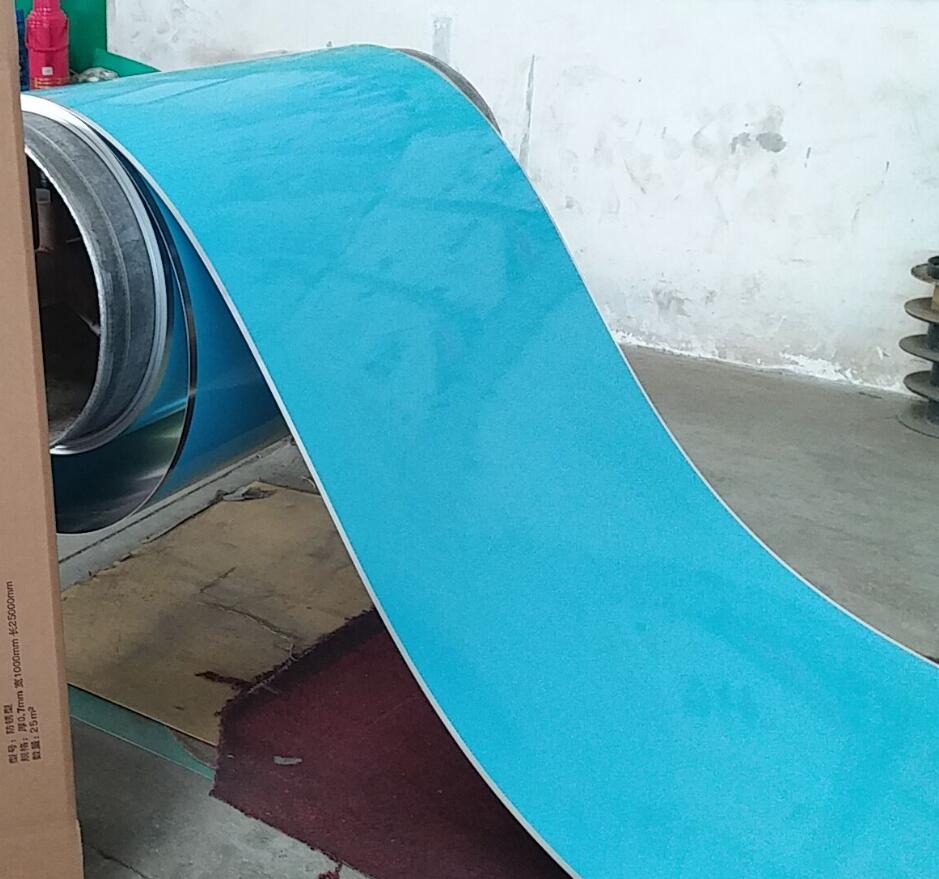Mineral wool, also known as rock wool, has a thermal conductivity that ranges from 0.032 to 0.043 W/mK at the temperature of 24C.
The exact thermal conductivity of mineral wool will depend on the specific product and its density. In general, denser mineral wool products have a lower thermal conductivity and provide better insulation performance.
It’s important to note that the thermal conductivity of mineral wool can be affected by various factors, such as temperature, humidity, and pressure. In high-temperature applications, the thermal conductivity of mineral wool may increase, which can reduce its effectiveness as an insulation material.
Ecoin test report shows 0.035W/mK
Rock wool is a type of insulation material made from natural rock, such as basalt and diabase. It is also known as mineral wool, stone wool, or slag wool. The raw material is heated to a molten state and then spun into fibers. The fibers are then bonded together with a binder to form a mat or blanket.
Mineral wool is a general name for all the insulation wool that are made from natural minerals, such as basalt, quartzite, coal gangue or slag, that are melted and spun into fibers. Glass wool, rock wool, ceramic wool, all can be called as mineral wool. Rock wool is the most famous mineral wool. When people talk about mineral wool, he’s 90% likely to mean rock wool. When a project refers to mineral wool, it’s most propally designed to use rock wool.


